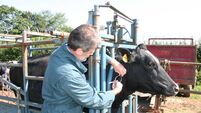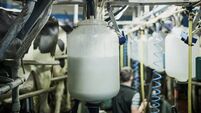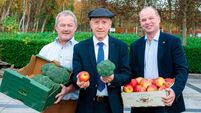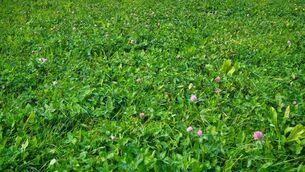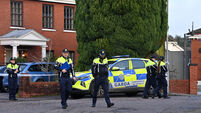How to make the most out of first-round grazing
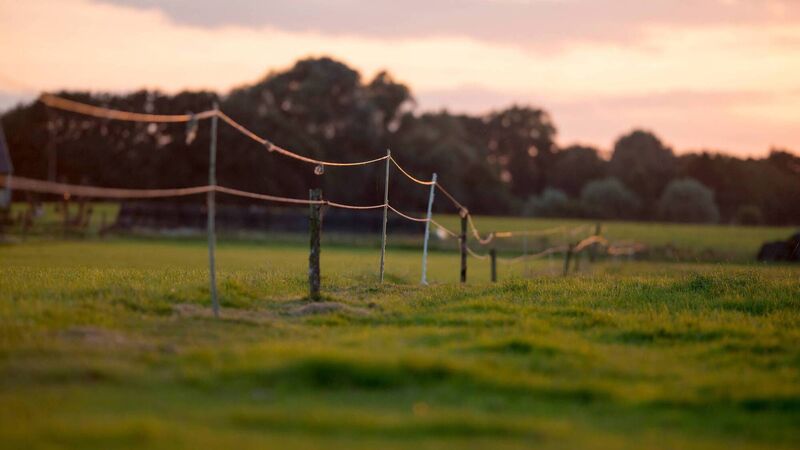
If you are lucky enough to be out grazing, it is important to manage the swards carefully, writes ruminant nutritionist Brian Reidy.
After an ok January and early February, the weather has changed to wet and cold. Many dairy farmers have had cows out for a few hours by day. However, very few beef producers have as of yet turned-out stock.
For many, grazing is now a good bit away due to ground conditions. Ground is actually in ok condition on many farms, but there is a lot of standing water about, and any traffic at present will do a lot of damage to the surface.
Remember that any damage that you do at this time of year is likely to reduce overall grass yield for the year.
A further good spell is badly needed to get more slurry and fertiliser out. Unfortunately, soil temperatures remain below normal, so right now, growth is very slow, and any response to N, P & K applied will be slow. However, it needs to go out soon so that it can feed good growth when conditions allow.
If you are lucky enough to be out grazing, it is important to manage the swards carefully. The better you graze out paddocks in the first rotation, the better subsequent grass quality will be.
However, that strategy is often detrimental to animal performance. Grass ungrazed in the first round, will be there in the next round.
Don’t rule out the use of a strip wire in the first rotation to help reduce damage and ensure paddocks are grazed reasonably well.
Make sure to check water troughs before you put stock into each paddock, and where possible, clean each trough out and disinfect them.
Don’t forget to check that fences are in good working order before you let cattle enter a paddock. Replace any broken posts and repair any broken wires or insulators. Beef cattle, in particular, have an amazing talent for finding weak spots in any fence.
When turning stock out early, you also need to consider animal performance. Try not to turn-out cattle unless sufficient grass is available to them to maintain target performance.
It is worth noting that first-rotation grass quality is generally not very high. Many younger cattle being turned out early will benefit from being fed concentrates for a period to transition them to an all grass diet. This is particularly the case for heifers you will be inseminating in five to six weeks’ time.
Slurry is a valuable asset on any farm and must be used wisely, given the price of bag fertiliser. Depending on the diets of the animals producing it, 1,000gal has an approximate value of 5N:5P:25K.
This should be taken into account when calculating nutrient requirements for both grazing and silage production. Try not to put too heavy a cover of slurry on ground as it will leave grass less palatable and reduce intakes.
Remember that if your farm has a low P & K status, then your slurry will have a lower nutrient value. In this case you will need to use more artificial P & K as long as you have a P allowance to do so.
Fertiliser application for grazing should be based on the nutrients required, bearing in mind any recent soil testing you may have done. Any soil results should help you to decide on what fertiliser product to use.
In general, in the peak growing season, a sward will require approximately one unit of nitrogen per day for grazing in a typical rotation.
This reduces animal performance and reduces daily gain in beef animals, while having a negative effect on dairy cow fertility.
Remember also that if you take out surplus paddocks containing excess nitrogen, they are difficult to wilt effectively, resulting in poor-quality bales.
Grass is the cheapest feed on farm and providing excessive nitrogen to a sward is a waste of money and energy.

